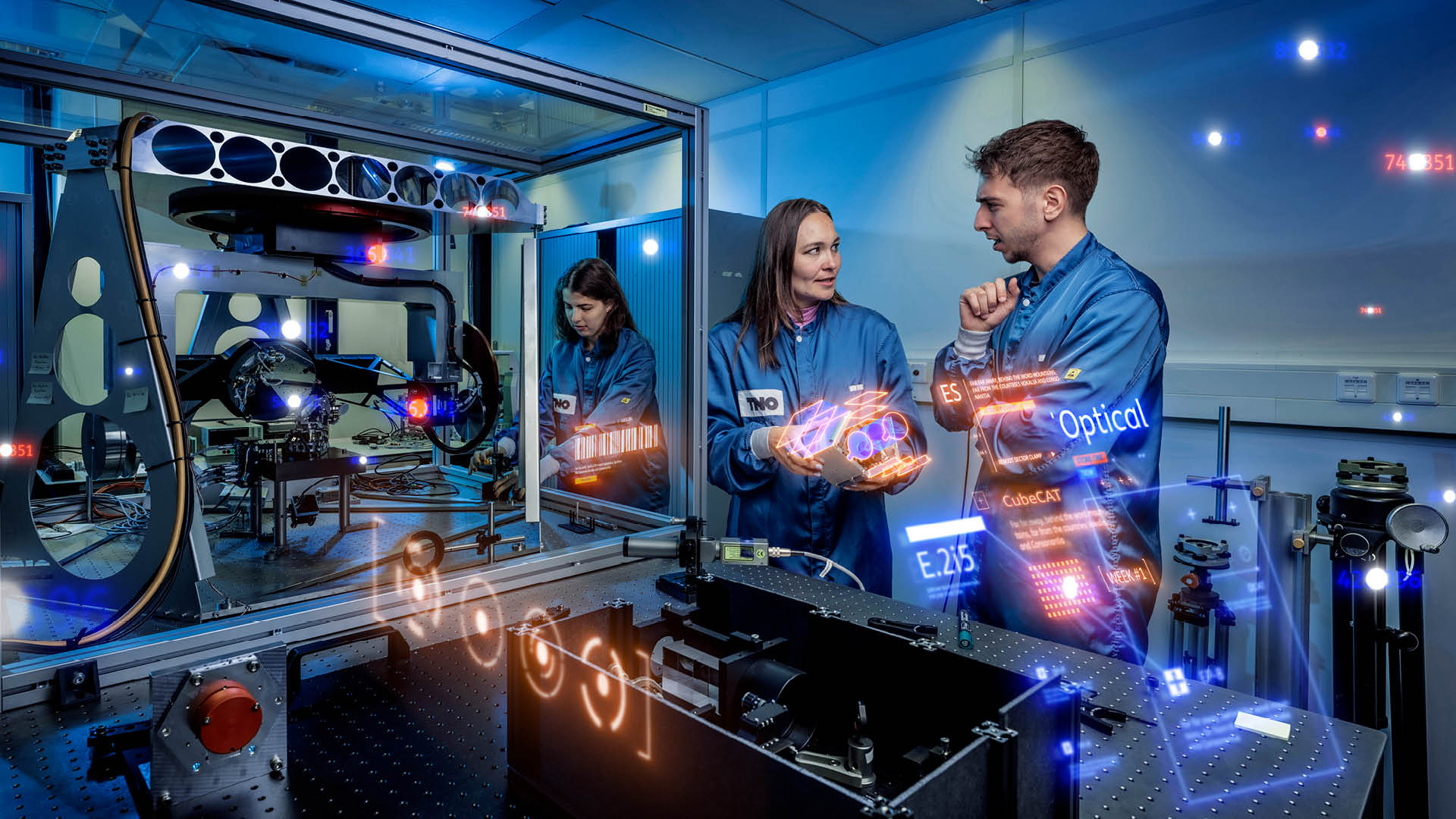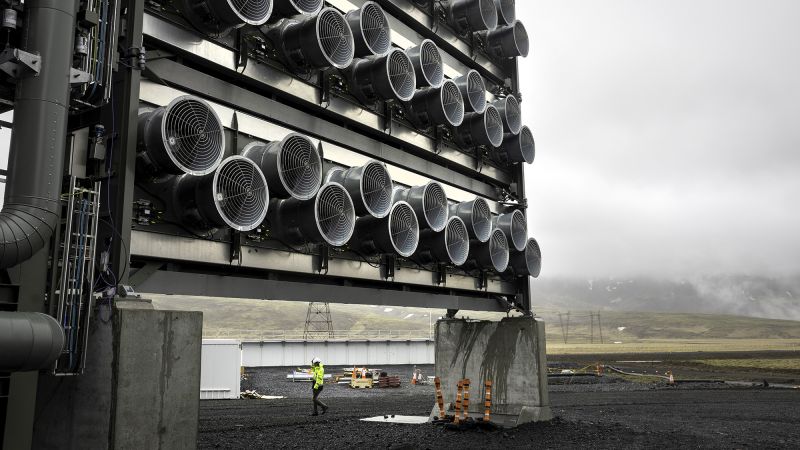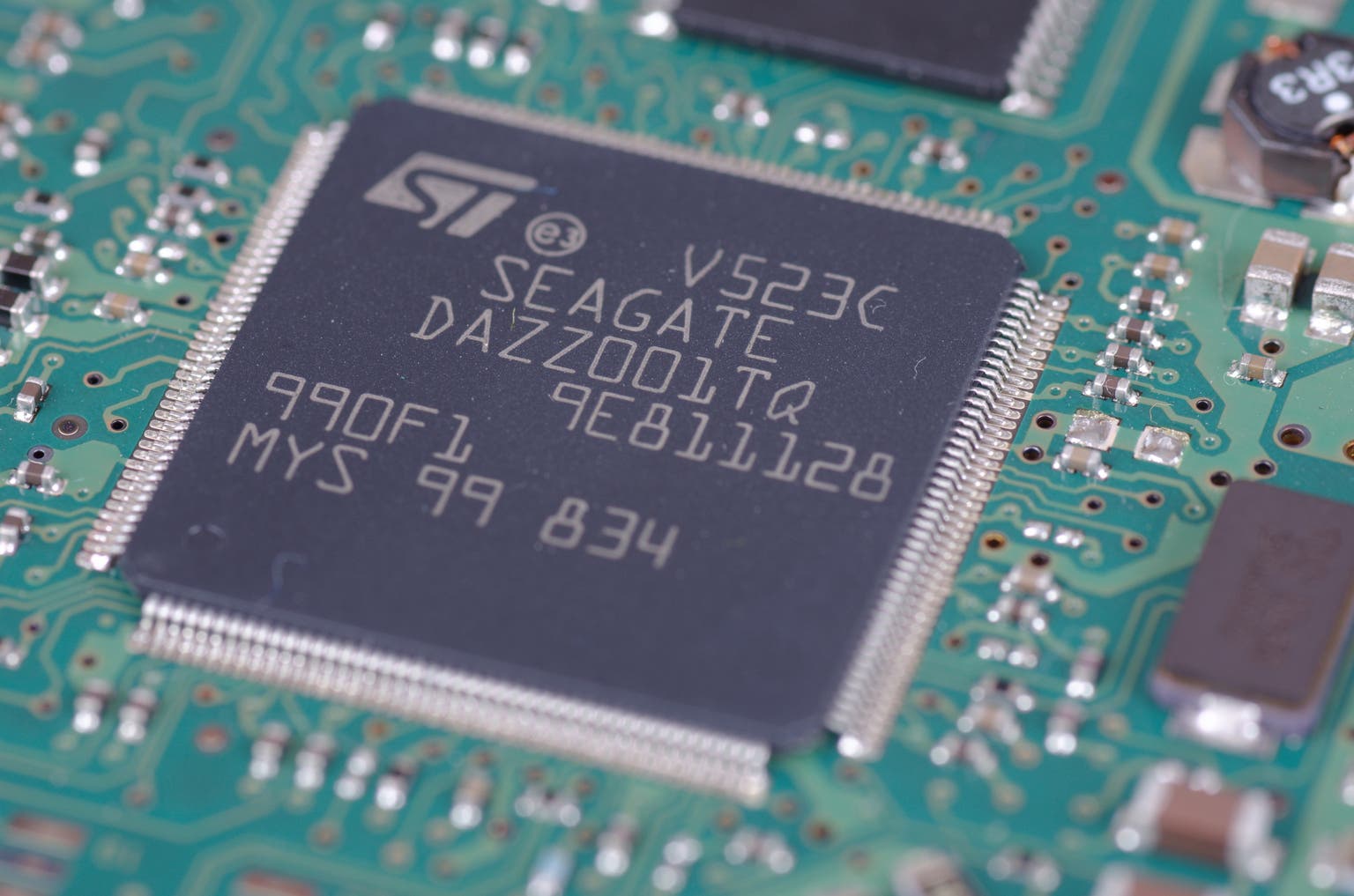Future Feasts: How 3D Printing is Revolutionising the Kiwi Food Scene

The food industry in New Zealand, like everywhere else, is facing a seismic shift. Kiwis are increasingly savvy about where their food comes from, demanding sustainable practices and healthier options. But what if we could go beyond simply sourcing better ingredients? What if we could *create* food in entirely new ways?
Enter 3D food printing – a technology that's rapidly moving from science fiction to reality. Forget clunky prototypes; we're talking about personalised meals, innovative textures, and a potential solution to food waste and supply chain challenges. It’s not just about novelty; it's about reshaping how we produce, distribute, and consume food in Aotearoa.
How Does 3D Food Printing Work?
Essentially, 3D food printing uses a computer-controlled nozzle to layer edible materials – think purees, pastes, and even powdered ingredients – to create desired shapes and textures. These ‘inks’ can be derived from a wide range of sources, including plant-based proteins, fruits and vegetables, and even insect protein (don’t knock it ‘til you’ve tried it!). The process is incredibly precise, allowing for intricate designs and custom nutritional profiles.
Why is this relevant to New Zealand?
New Zealand’s food sector is a cornerstone of our economy, but it’s also facing challenges. Climate change is impacting traditional agriculture, and consumers are increasingly concerned about the environmental footprint of food production. 3D food printing offers a potential pathway to resilience and innovation:
- Sustainability: Using alternative protein sources like insect protein or algae can significantly reduce the environmental impact compared to traditional livestock farming.
- Reduced Food Waste: 3D printing allows for precise portioning and can utilise food scraps and byproducts that would otherwise be discarded.
- Personalised Nutrition: Imagine meals tailored to your individual dietary needs and preferences, formulated by a nutritionist and printed on demand.
- Remote Communities: 3D food printing could provide access to nutritious meals in remote areas or during emergencies where fresh produce is scarce.
- Innovation & Export Potential: New Zealand can position itself as a leader in this emerging technology, creating new export opportunities in the food tech space.
Beyond the Hype: Current Challenges & Future Outlook
While the potential is huge, 3D food printing is still in its early stages. Challenges remain, including:
- Cost: The technology is currently expensive, although prices are expected to fall as it becomes more widespread.
- Taste & Texture: Replicating the flavour and texture of traditionally prepared food is an ongoing area of research.
- Regulation: Clear regulatory frameworks are needed to ensure the safety and quality of 3D-printed food.
- Consumer Acceptance: Some Kiwis might be hesitant to embrace food created by a machine – education and transparency will be key.
Despite these hurdles, the momentum behind 3D food printing is undeniable. From Michelin-starred restaurants experimenting with innovative dishes to startups developing sustainable food solutions, the technology is poised to transform the Kiwi food landscape. It’s a future where food is not just sustenance, but a personalised, sustainable, and technologically advanced experience. Keep an eye on this space – it’s shaping up to be a very tasty revolution!





